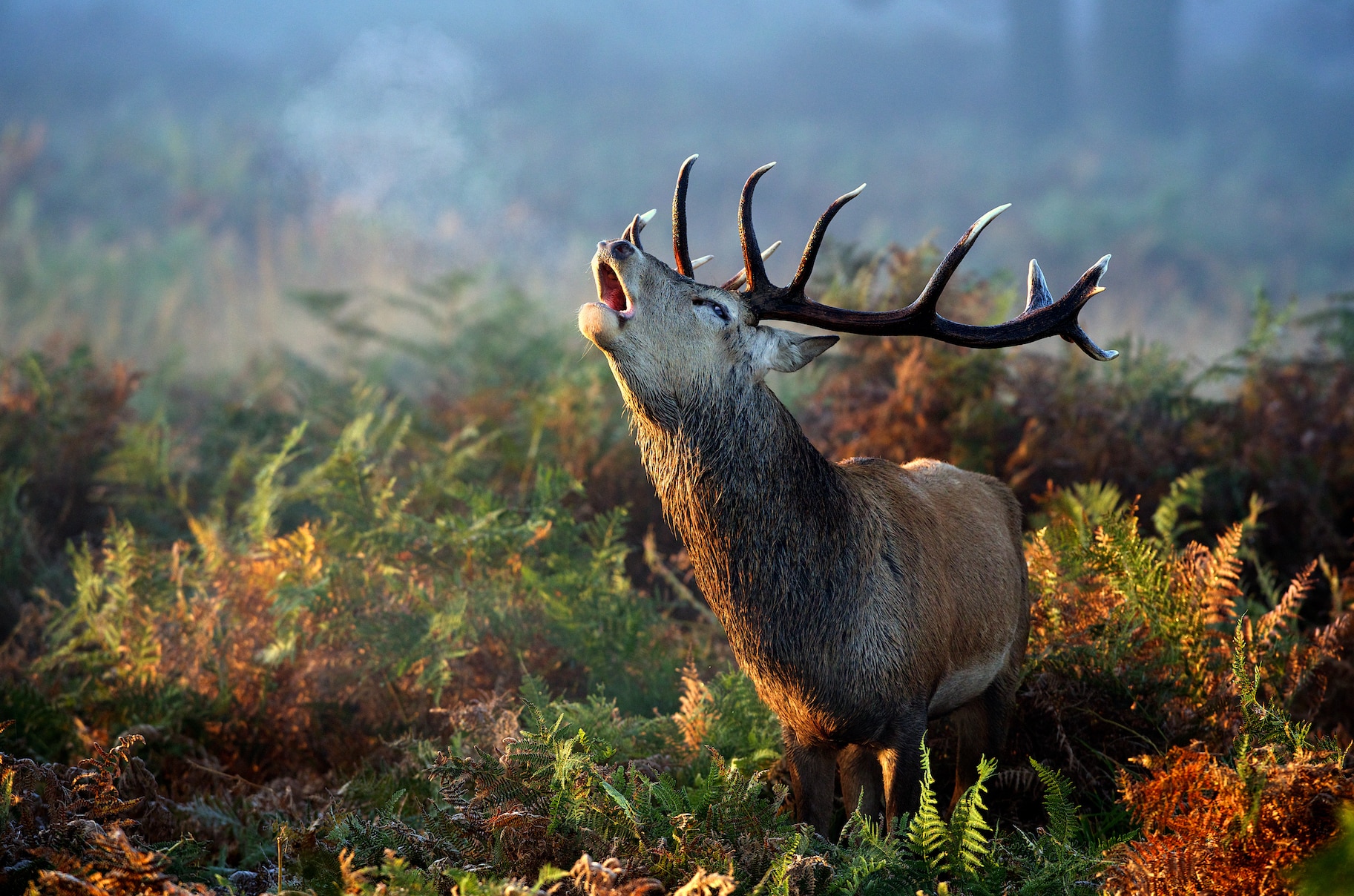Create a free profile to get unlimited access to exclusive videos, sweepstakes, and more!
The first word? Acoustic communication likely arose at least 407 million years ago
And we haven't stopped talking since.

In the 2013 comedy Bad Words, a 40-year-old eighth grade dropout exploits a loophole to enter a national spelling bee meant for children. It’s a comic premise only possible because of the unique and complex ways our species has utilized verbal communication. There’s something to be said about body language, but we wouldn’t have gotten very far without the ability to communicate acoustically. All words, whether bad, humorous, or beautiful, can trace their origins back to the very first word. More specifically, they trace back to the first vocal utterance millions of years ago.
To trace the story of speech back to its invention, Gabriel Jorgewich-Cohen from the Paleontological Institute and Museum at the University of Zurich, and colleagues, looked to other non-human species who also use their lungs and vocal tracts to communicate. Along the way they found vocal species which were previously believed to be non-verbal and, maybe, the very first word. Their findings were published in the journal Nature Communications.
“Our idea was to look at groups that are historically or generally considered to be non-vocal. Our hypothesis was that they actually do vocalize, and that was the case,” Jorgewich-Cohen told SYFY WIRE.
To that end, the team didn’t look at birds, frogs, or mammals, because vocalizations among those groups are already well documented. Instead, they built upon previous research, which catalogued roughly 1,800 species from all over the world and looked for gaps they could fill.
It was in those gaps that they found 53 species of animals including tuataras, lizards, turtles, lungfishes, and a limbless worm-like amphibian called a caecilian, all of whom were previously believed to be non-vocal. Then they set up their microphones and listened. Over the course of two years, animals were recorded in a variety of conditions, with and without other members of their species present, to see if they vocalized and how those vocalizations changed under different circumstances. In every case, the hypothesis that they should be vocal was confirmed.
“There were many surprises. The turtles were surprising not because they could make sounds but because they are super vocal. I put two turtles together who didn’t know each other, and they were super chatty. Wouldn’t stop talking,” Jorgewich-Cohen said.
That relationship between vocal communication and the presence of a peer held true for other species too. Jorgewich-Cohen reported being particularly surprised by the caecilian. If their hypothesis was correct, then caecilians should be able to communicate vocally, but researchers weren’t holding their breath.
“That was the species I thought was the only one I would record and not get anything. But it produces sounds that are just crazy, they are super loud, and they’re funny. The first time I heard it I sent it to a friend who was helping with field work, and he thought I made it up to trick him,” Jorgewich-Cohen said.
It turns out there is a lot more communication happening all around us and we just don’t notice it. Cats and dogs, birds and frogs, they make it easy because they are highly vocal, and they produce sounds in ranges and at volumes we can easily hear. Other species are quieter, they communicate in ranges outside of our perception or in environments we don’t typically frequent, like the ocean. Other species are simply rare and no matter how loudly they shout in the untouched wilds, there is no one around to hear it. At least no one with a microphone. Jorgewich-Cohen reported spending hours recording a single species in the hope of getting one or two sounds.
The question then becomes where these vocalizations ultimately come from. There are competing explanations. While some suggest that acoustic communication evolved independently multiple times — and that could be the case for some species like rattlesnakes, who communicate with sounds not created by the vocal tract — Jorgewich-Cohen and colleagues suggest that lung-based vocalization stems from a single common ancestor which lived at least 407 million years ago. That idea is also supported by looking at the brains of diverse vocalizing species.
“There is evidence there are brain channels correlated to sound production and communication and they appear to be homologous, coming from the same origin, among all animals. That supports our finding of a common ancestor,” Jorgewich-Cohen said.
That common ancestor is currently unknown, more of a collection of traits than a full-fledged animal, but it probably looked and behaved something like a modern lungfish. There, at the border between water and land, some ancient creature broke a silence billions of years old when it cried out into its environment for the very first time. It started a conversation — probably defending territory, calling out a warning, or looking for a mate — which has continued for more than 400 million years. Individuals and entire species have joined and left the conversation, but the chatter just kept going until we got roosters greeting the Sun and whales singing in the deep, and countless quiet conversations between turtles, fish, and even limbless worm-like amphibians who no one ever thought to pay any mind.


























